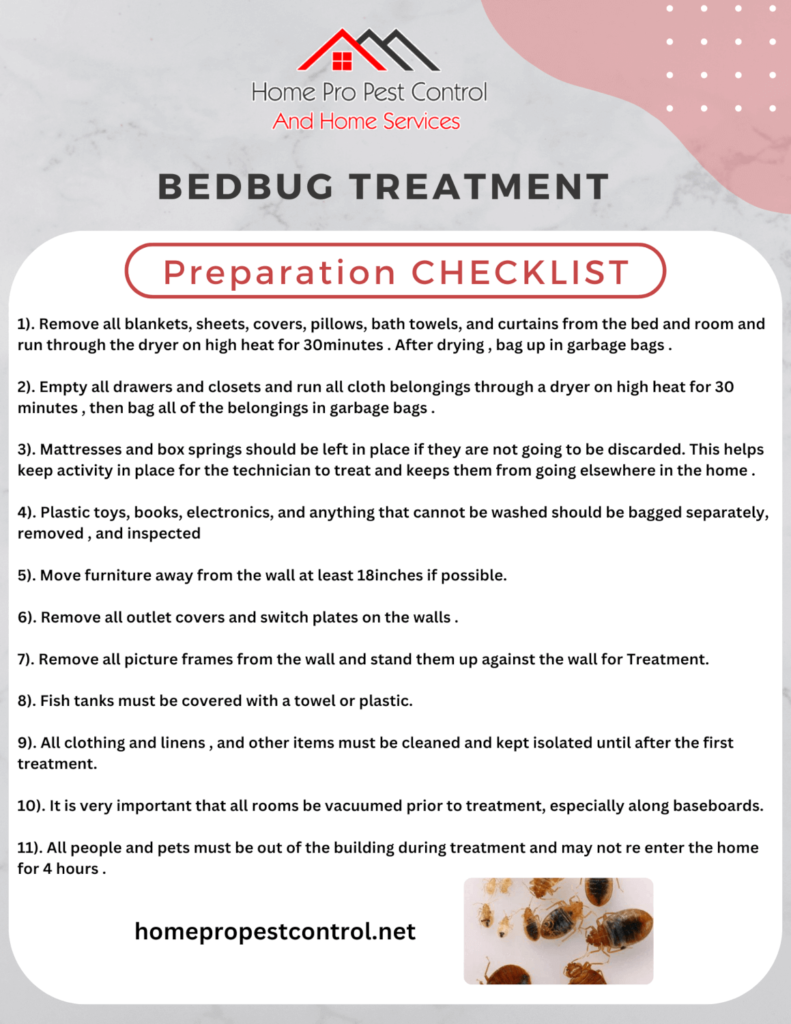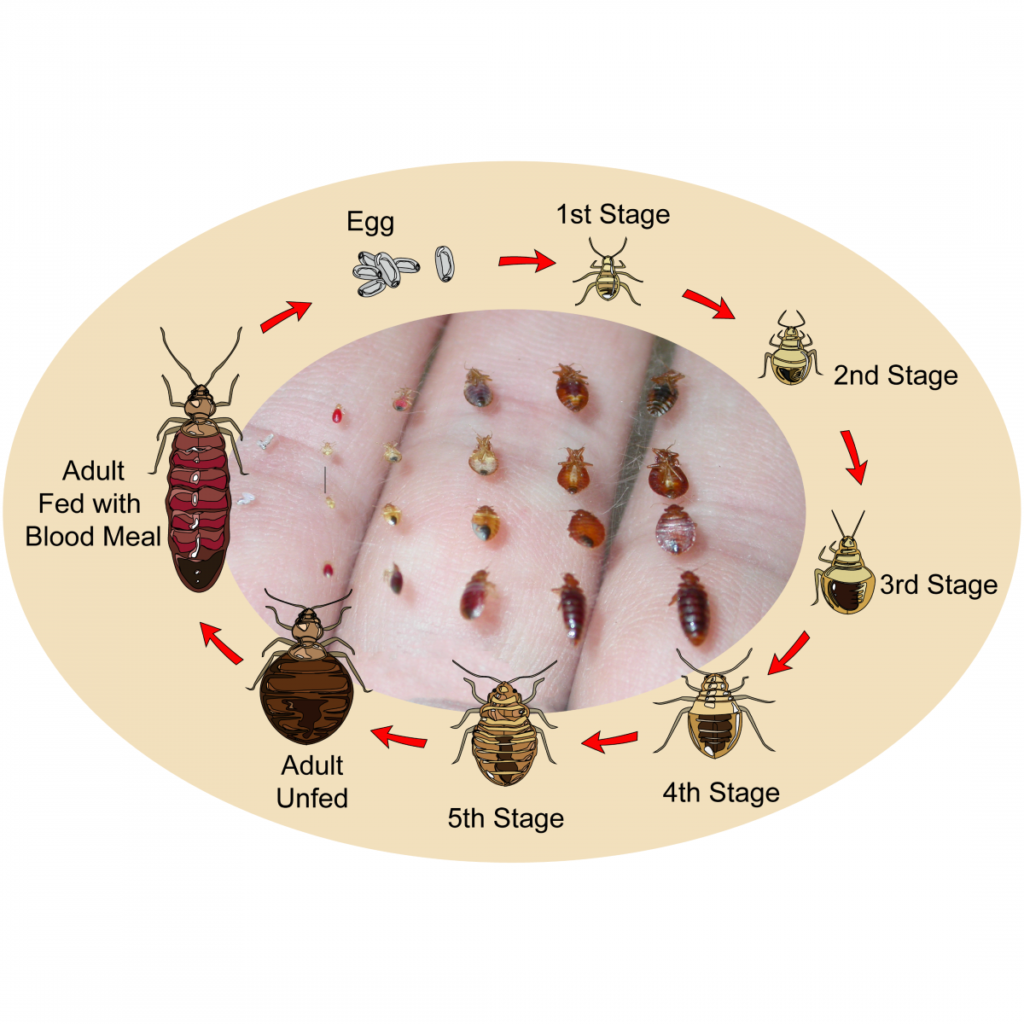Bed Bug Services Can Be Fun For Everyone
Bed Bug Services for Dummies
Table of ContentsThe smart Trick of Bed Bug Services That Nobody is Talking AboutThe 7-Second Trick For Bed Bug ServicesA Biased View of Bed Bug ServicesThe Best Guide To Bed Bug Services
A professional bed bug inspection is much more than a simple walkthrough and relies on expertise. Bed bugs are difficult-to-detect, fast-moving pests that hide in narrow spaces, corners, and upholstery. Because of their hidden habits, detailed examination is necessary to identify the full scope of the problem. Professional inspectors employ a range of techniques, tools, and expertise to detect bed bugs accurately, stopping infestations from worsening.The first step in a proper inspection involves knowing the habits and life cycle of bed bugs. Bed bugs belong to the Hemiptera group and progress through eggs, several nymphs, and adult stages. Adults are oval, flat, reddish-brown insects that lack wings and have long legs and antennae. Their segmented proboscis allows them to pierce the skin and feed on blood, often causing red, itchy welts on hosts. Knowing these traits guides professionals in locating infestations.
Early detection is vital for effective management. Professionals look for specific indicators such as tiny ink-like droppings, molted skins, and egg clusters (Bed Bug Services). Even one female can produce dozens of eggs quickly, leading to rapid infestations if unchecked. Evidence of shed exoskeletons or leftover eggs signals ongoing activity and demands thorough examination
Preparing for an inspection requires attention to detail. Inspectors often suggest tidying up spaces to allow full access, which makes it easier to inspect furniture and wall edges. Bedding and linens may be washed in hot water and dried on high heat, and then kept in plastic bags to maintain cleanliness. Wall decor, mirrors, and pictures should be taken down to check hiding places. Vacuuming furniture and floors can remove loose pests, and vacuum bags should be discarded carefully to avoid spreading.
The 6-Minute Rule for Bed Bug Services
The inspection itself is systematic and thorough. Inspectors focus on sleeping areas like beds, headboards, and mattresses, paying attention to edges, seams, and potential hiding spots. Upholstered furniture, including couches and chairs, is scrutinized to reveal any hidden pests. Baseboards, moldings, the edges of wall-to-wall carpeting, electrical outlets, closets, and storage areas are methodically checked, as these can be frequent hiding places.
Specialized tools improve inspection effectiveness. Flashlights, magnifying lenses, multi-tools, and mirrors help inspect hard-to-see areas. Monitoring devices like interceptor traps or sticky pads aid in identifying infestation trends. Some companies bring in canine teams, which accurately identify active infestations, distinguishing them from non-active traces.

Meticulous documentation is a key component. Inspectors record the locations of evidence, severity of infestation, and visite site treatment recommendations. This ensures accountability and facilitates discussion with residents. Residents are often instructed to preserve evidence for accuracy, as this prevents loss of critical information.
After inspection, a monitoring plan may be implemented to confirm the presence of bed bugs and track activity. Continuous monitoring detects reinfestation, and interviews with household members provides additional insight. Cooperation from residents enhances detection.
Not known Facts About Bed Bug Services

Professional inspections provide confidence that infestations are correctly identified. Trained inspectors know what to look for and where, avoid unnecessary treatments, and give peace of mind.
Bed bug inspections are particularly important in hotels, dormitories, multi-unit apartments, and senior living facilities. Inspectors read review check neighboring rooms and shared spaces to identify potential spread (Bed Bug Services). This stops further spread
In summary, a professional bed bug inspection includes identifying the pest, readying the environment, inspecting meticulously, employing tools, maintaining records, and see ongoing monitoring. Each step contributes to accurate detection, effective treatment planning, and long-term prevention.
The Greatest Guide To Bed Bug Services
